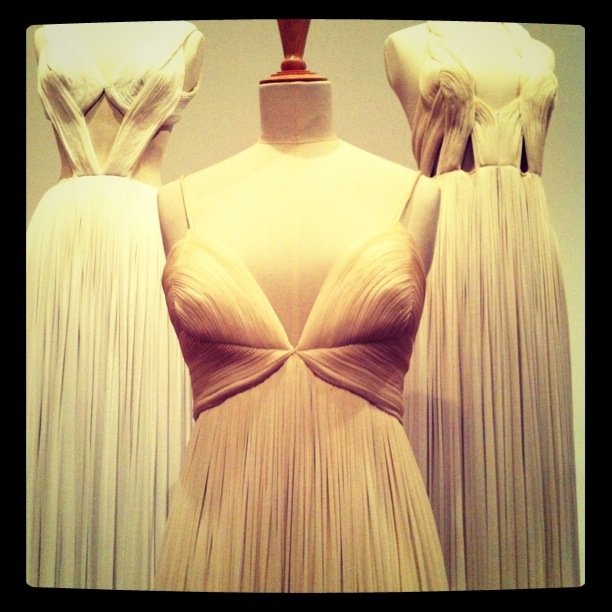Brooke Shaden is a fine art photographer living and working in the Los Angeles area. Her passion lies in creating new worlds through photographs. Her vision extends beyond the realm of the camera, creating images that resemble paintings and speak of an era that is not our own.
Each image is a story.
Brooke Shaden was born in March of 1987 in Lancaster, PA, USA. She grew up near the "Amish Country" until attending Temple University. Brooke was photographically born in December 2008 after graduating from Temple with two degrees: film and English. She now resides in Los Angeles, CA, USA with her husband and three cats.
Brooke has been said to encapsulate a new way of creating imagery for our time and has "...dramatically restated a new photographic feminist agenda for the 21st century." Her use of the square format and heavy texture work to create a painterly aesthetic is redefining the boundaries of photography. With these tools at hand, she creates new worlds through her images.
 Self portraiture for her is not autobiographical in nature. Instead, she attempts to place herself within worlds she wishes we could live in, where secrets float out in the open, where the impossible becomes possible. Brooke's photography questions the definition of what it means to be alive.
Self portraiture for her is not autobiographical in nature. Instead, she attempts to place herself within worlds she wishes we could live in, where secrets float out in the open, where the impossible becomes possible. Brooke's photography questions the definition of what it means to be alive.
She reminds me The Pre-Raphaelite Brotherhood whit her sense of aesthetic decadence.
The group's intention was to reform art by rejecting what they considered to be the mechanistic approach first adopted by the Mannerist artists who succeeded Raphael and Michelangelo. They believed that the Classical poses and elegant compositions of Raphael in particular had been a corrupting influence on the academic teaching of art.















































